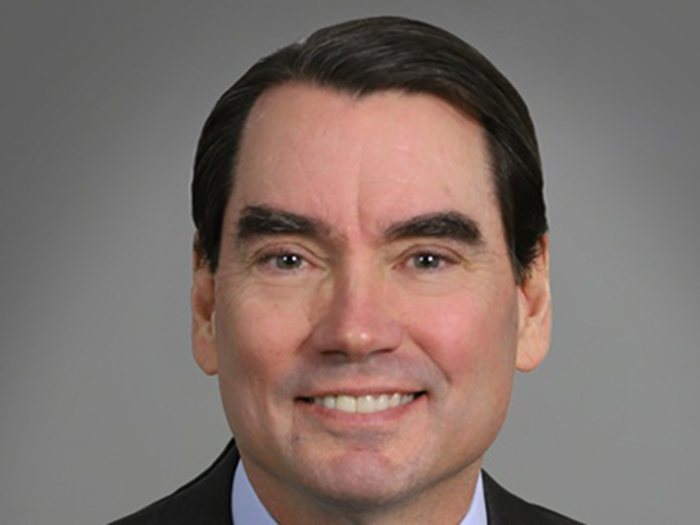The Health Care Safety Imperative

Health care workers, who comprise only 10% of the U.S. workforce, experience 48% of nonfatal workplace violence injuries, with incidents escalating significantly during and after the COVID pandemic. This alarming trend reflects broader societal tensions and poses serious legal and operational risks for health care organizations, according to industry risk management experts.
The statistics paint a troubling picture of escalating aggression in health care settings. According to CDC data, one in five health care workers encounter physical abuse, while verbal abuse occurs even more frequently. These numbers likely underrepresent the true scope of the problem, as studies indicate only 31% of health care violence victims actually report incidents.
“Yes, it’s definitely trending worse,” says Katie Theodorakis, J.D., Regional Manager, Risk Management at ProAssurance.
“We started seeing issues with escalating patient behavior and more angry, violent patients even before COVID, but then we certainly saw an increase during the pandemic.”
The pandemic created perfect storm conditions for increased aggression. Patients became frustrated with access restrictions, mask requirements, and screening protocols, while broader societal factors compounded the problem. Economic stress, social unrest, and growing distrust in health care systems have left patients entering medical facilities already agitated and more on edge than before.
Several factors contribute to this volatile environment. Patients facing financial hardship worry about medical bills while dealing with illness, creating a perfect storm of stress and vulnerability. When combined with natural anxiety about health concerns, these pressures can push interactions toward conflict more easily than in the past.
Legal actions add to the risk

Katie Theodorakis, J.D., Regional Manager, Risk Management, ProAssurance
The escalating violence creates significant legal exposure for health care organizations. Both injured patients and workers can initiate legal action, while federal OSHA regulations require employers to keep workplaces free from recognizable hazards, including violence. State governments are increasingly enacting laws requiring workplace violence prevention plans, and workers’ compensation claims can drive up insurance premiums.
The key legal question often centers on foreseeability. Theodorakis illustrates this with a 1984 McDonald’s shooting case where families sued the company for failing to provide security guards. The court ruled such violence wasn’t foreseeable then, but “Today, I believe the outcome would be different,” she notes.
“With the unfortunate prevalence of mass shootings and violence in general, I think such events may now be considered foreseeable.”
A particularly troubling obstacle lies in health care culture itself. Many health care workers, especially nurses, have historically accepted violence as part of their job. This normalization prevents proper reporting and response to incidents.
“I think that culture still exists, but it’s improved due to increased awareness,” Theodorakis explains. “Back in the day, maybe ten to fifteen years ago, the thought was that ‘you just tough it out and deal with it.'”
The problem extends beyond individual acceptance. When experienced staff fail to report incidents, it leaves younger, less experienced employees particularly vulnerable to similar attacks from the same patients. In addition, front-line workers like receptionists and medical assistants may lack the confidence to speak up about concerning behavior.
Comprehensive Prevention Strategies Offer Solutions
Effective violence prevention requires both mechanical and training-based approaches. Physical security measures include installing locks on doors between waiting areas and back offices, implementing panic button systems for front desk staff, and establishing overhead alert systems similar to hospital codes for different emergencies.
Documentation and training form the backbone of prevention efforts. Health care facilities should maintain detailed records of training sessions, including materials used and attendance records. Regular incident reporting helps identify patterns and problem areas, enabling targeted interventions.
Documentation also aids your insurance carrier in assessing how well-prepared your organization is to deal with aggressive or violent behavior.
“I think the most important aspect of any prevention plan is staff training,” Theodorakis emphasizes. Staff must learn to recognize behavioral warning signs like pacing, fidgeting, fist clenching, talking louder and faster, or becoming withdrawn. Understanding these cues helps identify patients who might be more likely to act out.
De-escalation techniques prove equally crucial. Training should cover staying calm, not raising voices, and respecting personal space. Interestingly, this challenges natural health care instincts.
“My co-presenter in a ProAssurance workplace violence webinar, who is a nurse, once commented that not touching goes against what nurses are taught—they tend to be compassionate and might want to touch patients to comfort them,” Theodorakis notes.
Mock drills help staff respond automatically during high-stress situations. One practice shared how during an actual incident, staff forgot they needed to dial 9 first to reach an outside line when calling 911, losing precious response time.
Environmental factors also matter. Practices with long wait times or crowded waiting rooms should recognize these as potential triggers. Staff should monitor patients who might be receiving scary diagnoses, as they could be particularly vulnerable to acting out.
Most importantly, health care organizations must establish clear policies that violence is never acceptable.
“No one should go to work thinking it’s just part of the job to be verbally or physically assaulted,” Theodorakis states. “Health care workers should not have to have that mindset of accepting violence.”
Risk management success in this area requires combining physical security measures, comprehensive training, regular drills, and cultural change that encourages reporting while supporting staff safety above all else. &










